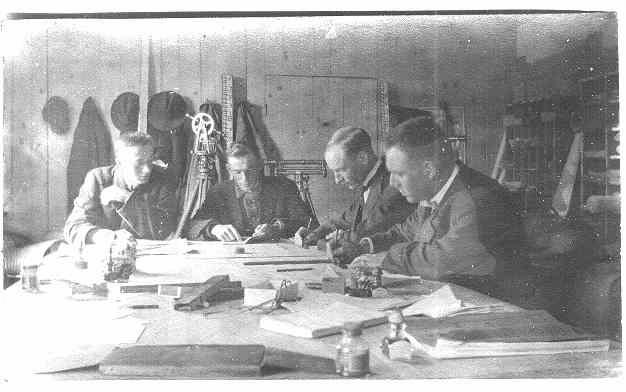California
California Automated Land Records
Our Mission: The BLM collects, analyzes, and records a tremendous amount of business information about the public lands and resources, ranging from land title to recreational usage to wildlife habitat. Much of this data is geographic in nature and is best understood when displayed and analyzed in spatial form using automated geographic information systems. This data/information is used to make thousands of business decisions each year. We recognize that this business information is of great utility and value to wide variety of other parties, including public land users; education institutions; public interest groups; other Federal, State, Tribal and local agencies, and the scientific community. Today, with the explosive growth of the Internet and use of personal computers in over 40% of all homes in the United States, expectations of our employees, citizens, and businesses having transactions with the BLM have significantly changed. Today, access, speed and accuracy are key components of the information age. To keep pace with our public responsibility, it is now necessary to begin the business reengineering process that can take place using new technology to improve service, reduce cost, and meet our public obligations. The Land Record Modernization and Improvement Project (LR-MIP) is a first step in California meeting that requirement. Definitions: Master Title Plat (MTP). The MTP is a graphic depiction of current land status on a drafted map affecting one particular township. There are other plats included in the MTP plat group: i.e. oil & gas and the leasable minerals plats which are a graphic depiction of the current lease status affecting one particular township. Historical Index (HI).
The HI is a narrative, chronological summary of use and title transactions
affecting one particular township. Other types of HI documents are the
Mineral Location and Contests HIs and the Acquired Lands HIs. Control Document Index (CDI) Aperture Cards. CDIs are filmed copies of patent and title documents, withdrawal orders, and opening and closure notices. The original patent and title documents, withdrawal orders, and related opening and closure notice comprise the official record used to construct the CDI. Today, if the information has not been transferred to a CDI aperture card, copies are made from the original documents for review and research. These documents or CDIs are used to prepare and maintain the MTP/HI. These records must be available for use by both internal and public customers when required to verify the MTP/HI entries. These records also provide the supporting detail to corroborate the corresponding MTP/HI entries (Congressional Acts, Other Townships involved, reservation language, etc.). CDIs are used as a primary reference aid in the California BLM State Office (SO) Information Access Center. Today the SO is responsible for maintaining approximately 60,000 CDI cards with another 10,000 hard copy documents waiting conversion to either a film or digital format. Cadastral Surveys. A Cadastral Survey consists of a plat and a written description of the fieldwork field notes. The plat represents the lines surveyed, showing the direction and length of each line, the boundaries, descriptions and area of the parcel of land, and a delineation of the culture and improvements within the limits of the survey. The cadastral survey plats are used in the construction of a MTP plat. The MTP plat reflects the lot size and placement. As survey plats are updated this information is incorporated into the MTP plats. The MTP plats reflect the courses and distances shown on the latest, official cadastral survey plat but they are not recited on the MTP. So, though a surveyed section of 640 acres may appear to run in cardinal directions on the MTP with all four sides exactly 80 chains (1 mile) in length, the official cadastral survey may well show numbers that are slightly different. Exact course and distance information is described in the survey field notes and on the official survey plats on file with BLM. Today the SO is responsible for approximately 7,500 cadastral survey plats. |
|||
|
|
|||
